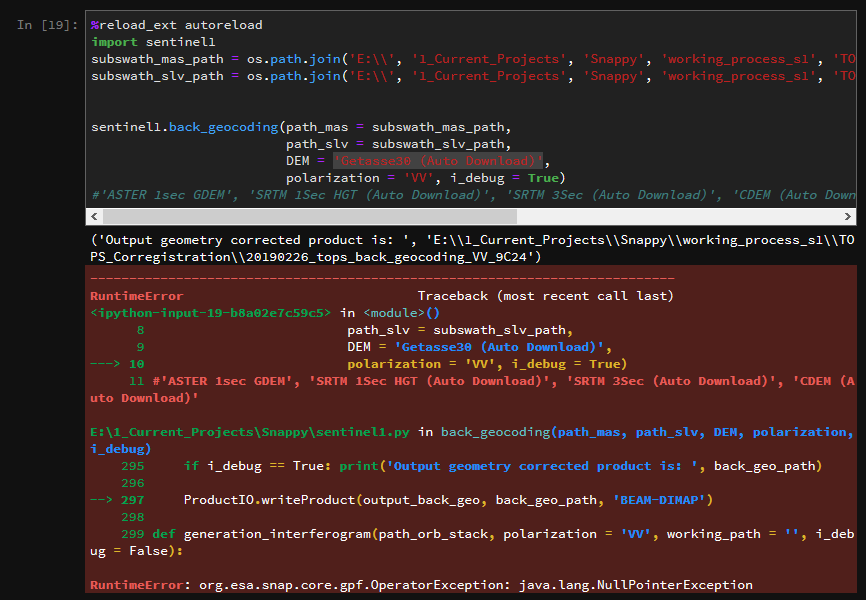Hi,
With getasse30 the problem is the same than with ACE and CDM
You will see the null pointer. Regarding the auto-download, I only used DEM that have the (Auto Download) activated (Aster in SNAP 7.0) has it.
Maybe this happens because of the Snap 7.0?? Would it work in Snap 6? I remember learning a bit of interferometry with Snap 6 and this did not happened…
